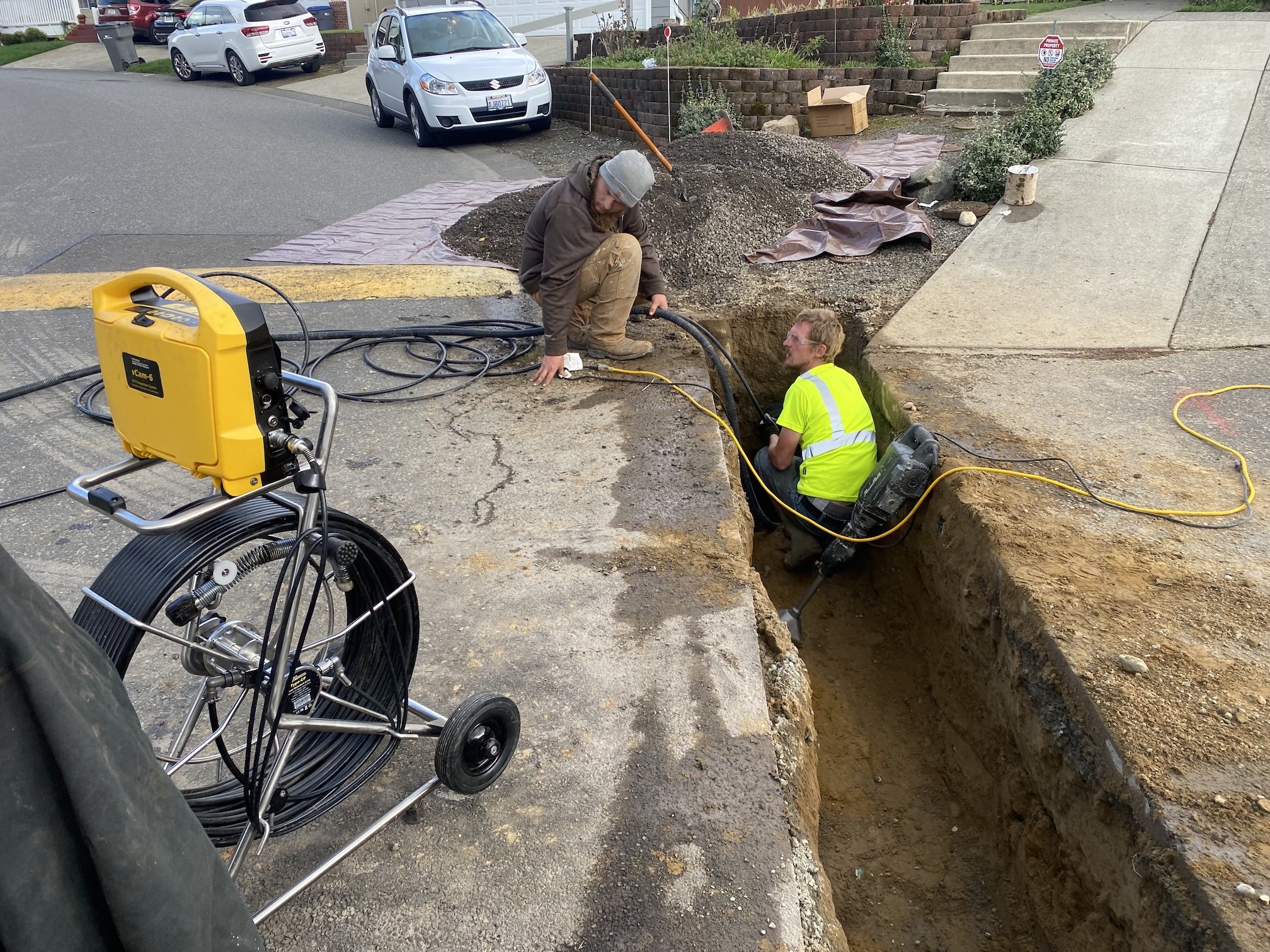Sewer Camera Inspection & Hydro Jetting
Sewer Camera Inspection, Evaluation, and Hydro Jetting
The Importance of Sewer Maintenance
A properly functioning sewer system is crucial for any home or business. Over time, sewer lines can accumulate debris, develop cracks, or become obstructed by tree roots. Regular inspections and maintenance methods such as sewer camera evaluations, hydro jetting, and root cutting can significantly extend the lifespan of a sewer system and prevent costly repairs.
Sewer Camera Inspection
A sewer camera inspection is a non-invasive diagnostic tool used to assess the condition of underground pipes. This process involves inserting a small, high-resolution camera into the sewer line to visually inspect for issues such as:
Cracks and Corrosion – Identifying structural damage before it worsens
Root Intrusion – Detecting tree roots that have penetrated joints or cracks
Blockages and Buildup – Locating grease, debris, or other obstructions
Bellied Pipes – Finding sections of pipe that have sunk, causing wastewater accumulation
The Inspection Process
A technician inserts a flexible rod with a waterproof camera into the sewer line through an access point (cleanout or drain).
The camera transmits live footage, allowing the technician to identify problem areas.
A detailed report is generated, including video footage and recommendations for maintenance or repair.
Regular sewer camera inspections help property owners detect minor issues before they turn into major repairs, saving money in the long run.
Hydro Jetting: High-Pressure Cleaning
Hydro jetting is a powerful and effective method for cleaning sewer lines using high-pressure water. Unlike traditional snaking, which only punches through clogs, hydro jetting thoroughly cleans the pipe walls, removing grease, sediment, and other buildup.
Benefits of Hydro Jetting
Removes Stubborn Blockages – High-pressure water (typically 3,500–4,000 PSI) blasts through tough clogs, including grease, soap scum, and mineral deposits.
Prevents Future Clogs – Unlike mechanical augers, which leave behind some residue, hydro jetting completely clears the inside of the pipe, reducing the likelihood of future blockages.
Safe for Pipes – When performed by a professional, hydro jetting does not damage sewer pipes, making it a preferred maintenance solution.
Eco-Friendly – Hydro jetting relies on water pressure rather than harsh chemicals, making it environmentally friendly.
The Hydro Jetting Process
A sewer camera inspection is conducted to assess the condition of the pipes and locate blockages.
A specialized hose with a high-pressure nozzle is inserted into the sewer line.
Pressurized water is released, cutting through blockages and flushing debris out of the system.
A follow-up inspection ensures the line is clear and in good condition.
Root Cutting: Preventing Sewer Damage
Tree roots are one of the most common causes of sewer line damage. As roots seek moisture, they infiltrate tiny cracks in pipes, expanding and causing blockages or structural damage over time.
Methods of Root Removal
Mechanical Root Cutting – A rotating blade is inserted into the sewer line to chop up roots, allowing them to be flushed away.
Hydro Jetting with Root-Cutting Nozzles – Specialized nozzles deliver high-pressure water that slices through roots and clears blockages.
Chemical Root Inhibitors – After mechanical or hydro jetting removal, a foaming root killer can be applied to prevent regrowth.
Preventative Measures
Schedule regular sewer inspections to catch root intrusion early.
Avoid planting trees with aggressive root systems near sewer lines.
Use root-inhibiting treatments periodically to prevent regrowth.
Extending the Life of Your Sewer Line
Regular maintenance is the key to prolonging the lifespan of a sewer system. Here are a few best practices to keep your sewer line in top shape:
Schedule annual sewer camera inspections to detect early signs of damage.
Perform hydro jetting every 1–2 years to keep pipes clear and free of buildup.
Address tree root issues promptly to prevent major structural damage.
Be mindful of what goes down the drain—avoid flushing grease, wipes, and non-biodegradable materials.
Fix minor issues before they escalate—small cracks and blockages can be managed before they turn into costly repairs.
Conclusion
Sewer camera inspections, hydro jetting, and root cutting are essential maintenance tools that help extend the life of a sewer system and prevent major issues. Regular inspections can identify potential problems before they worsen, while hydro jetting and root removal keep the system clean and free-flowing. Investing in proactive sewer maintenance can save property owners from expensive repairs and ensure a reliable wastewater system for years to come.

